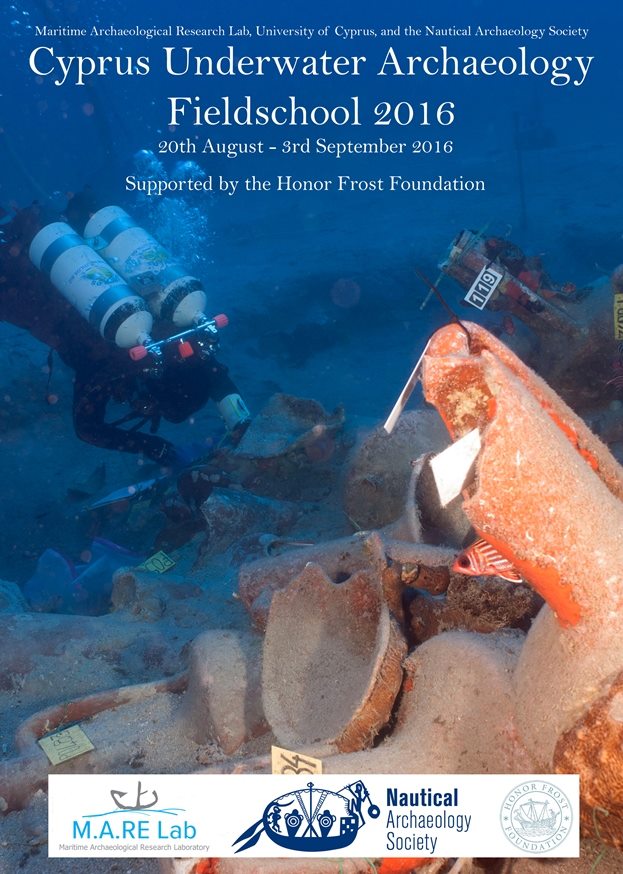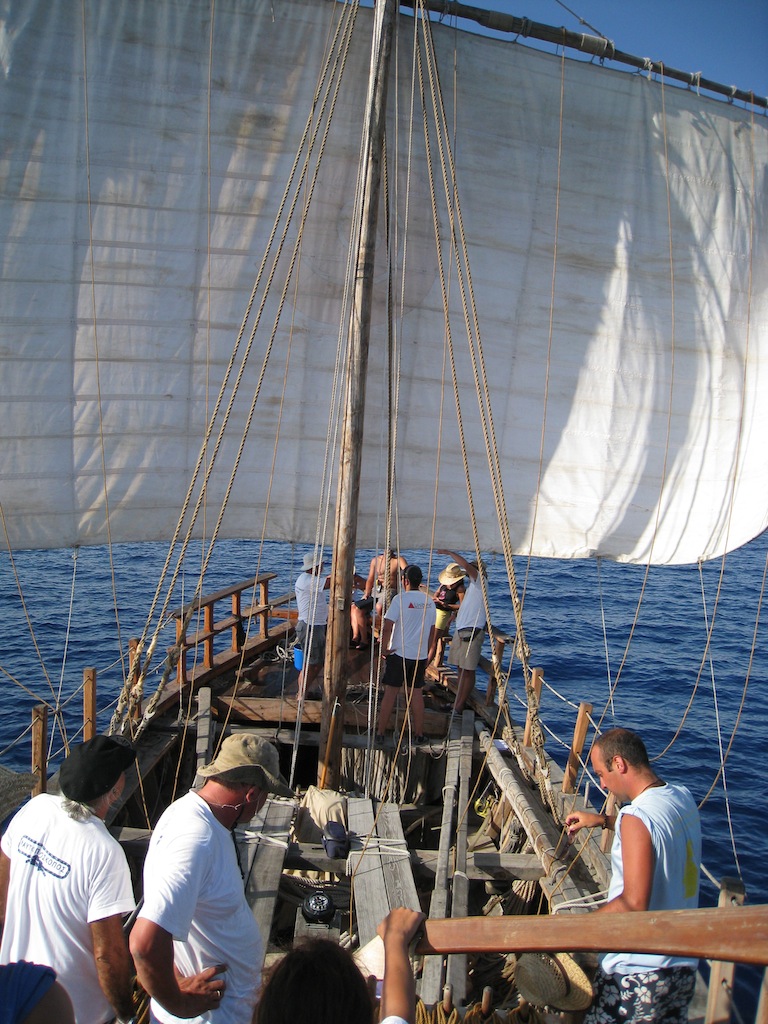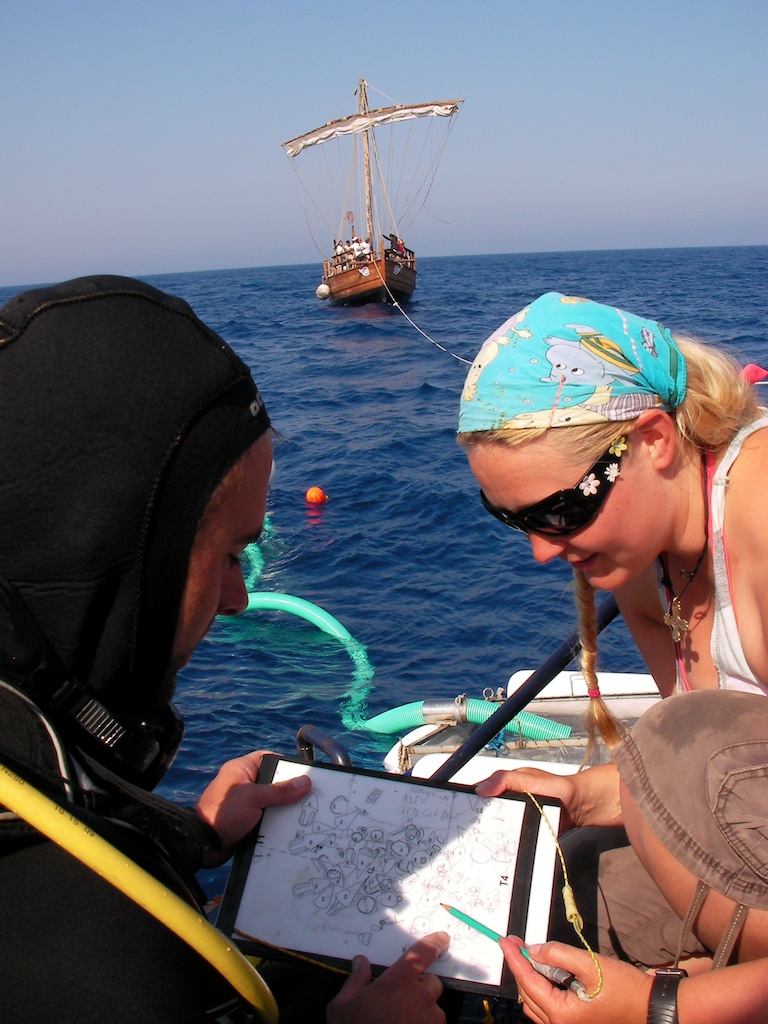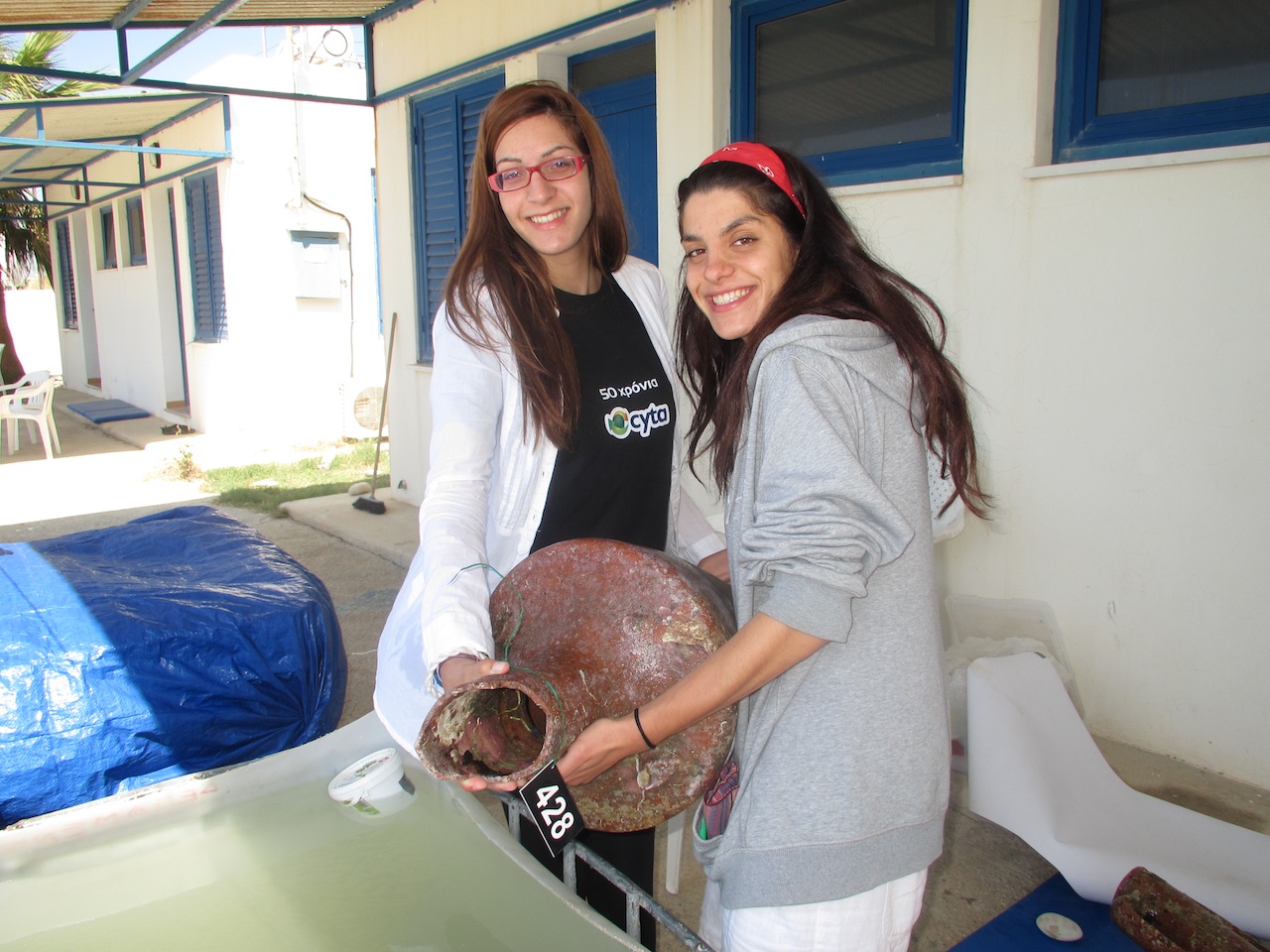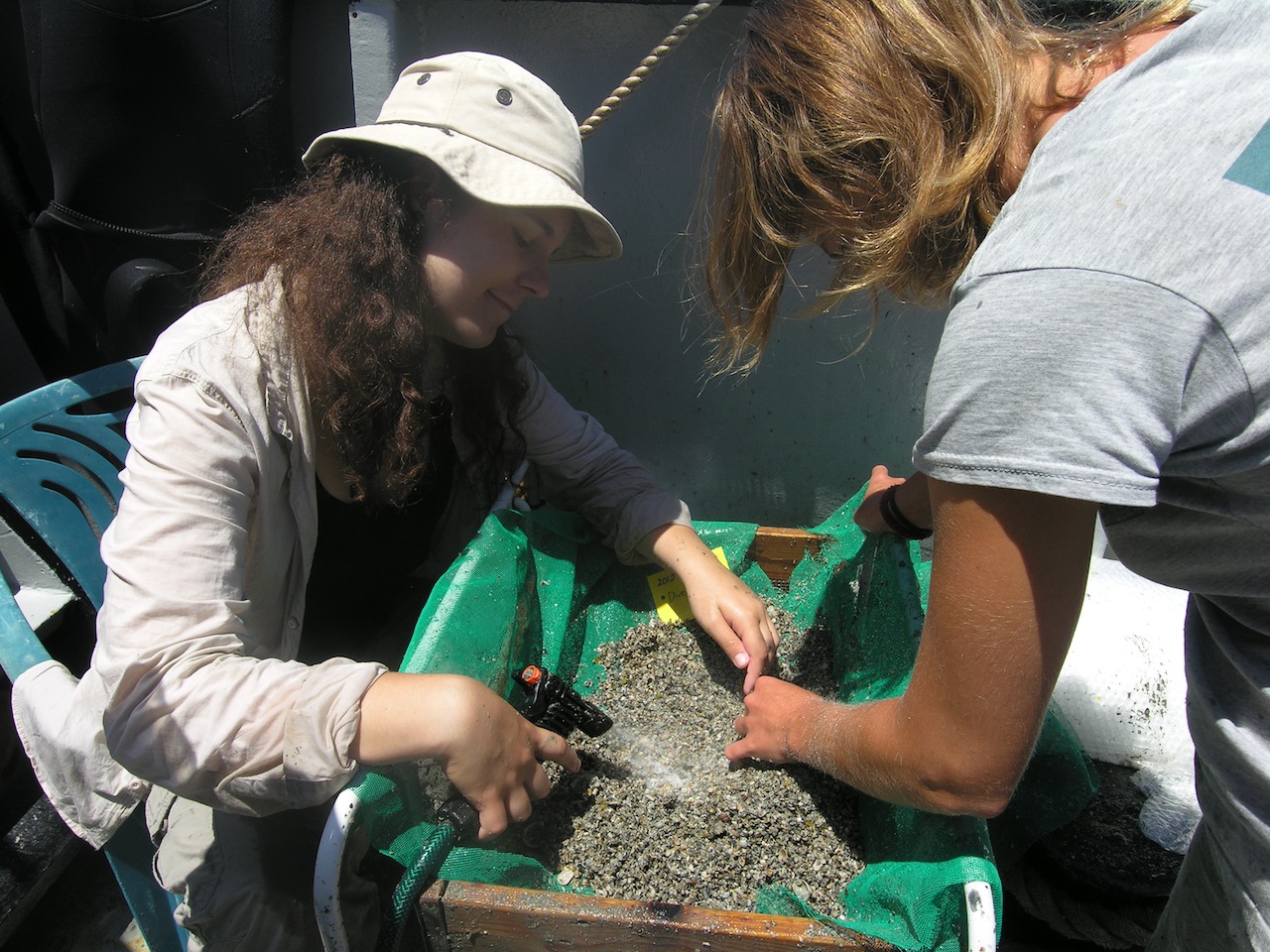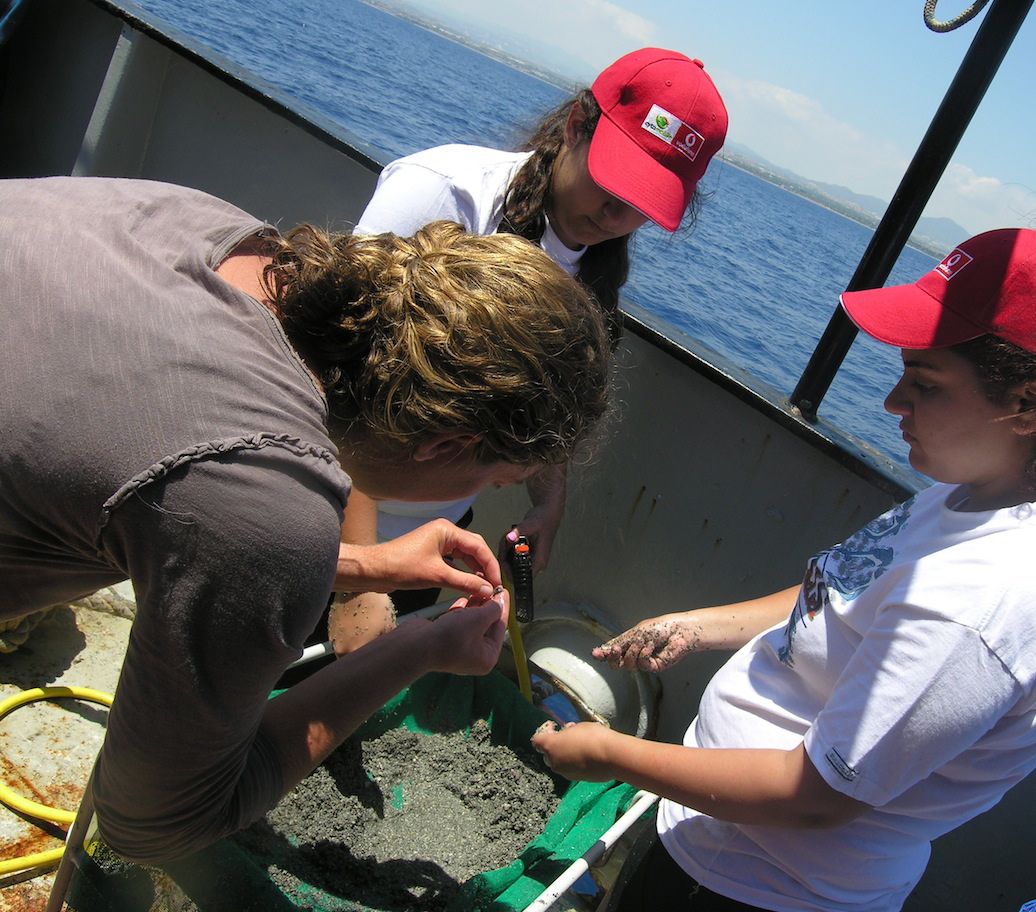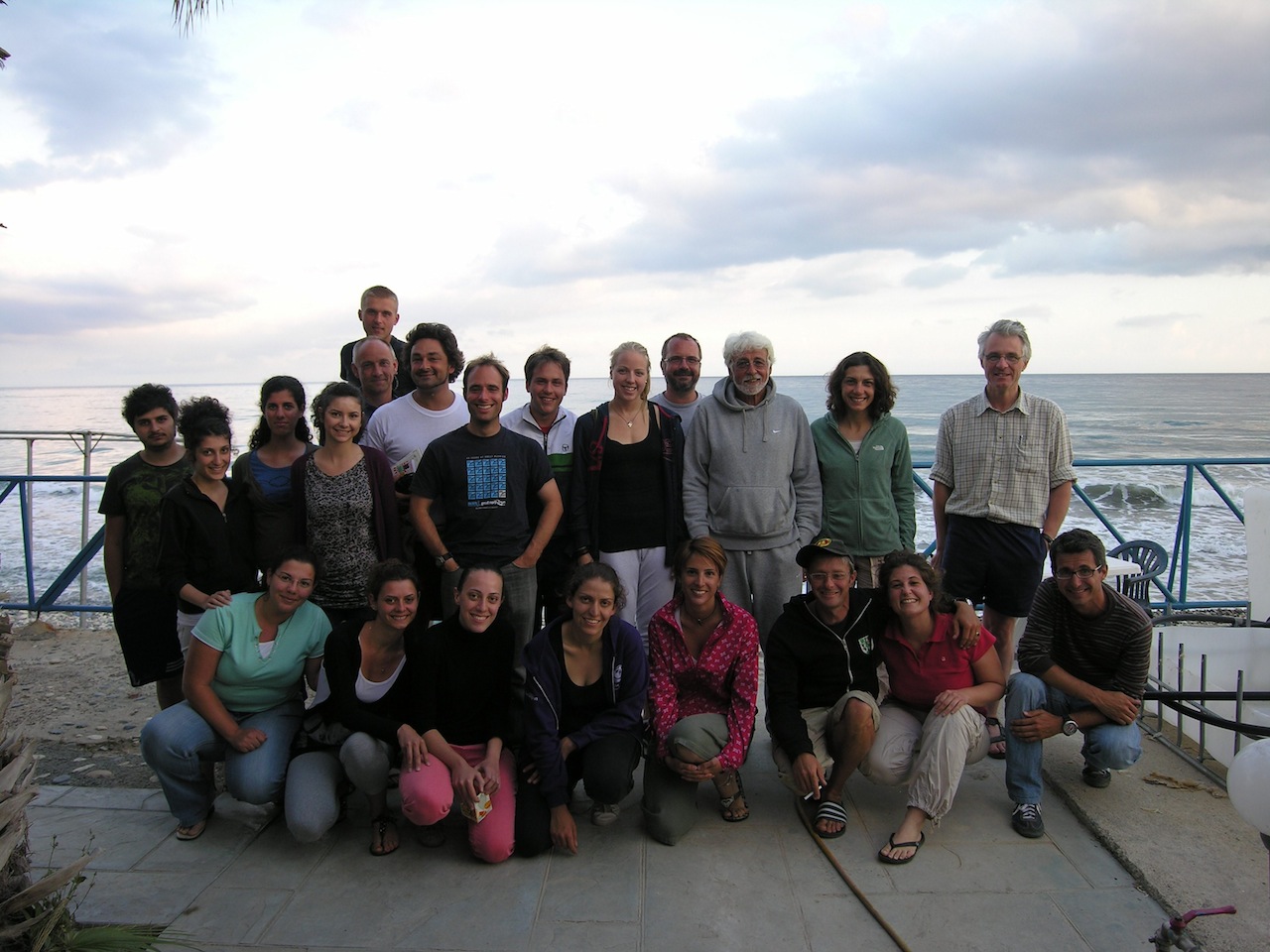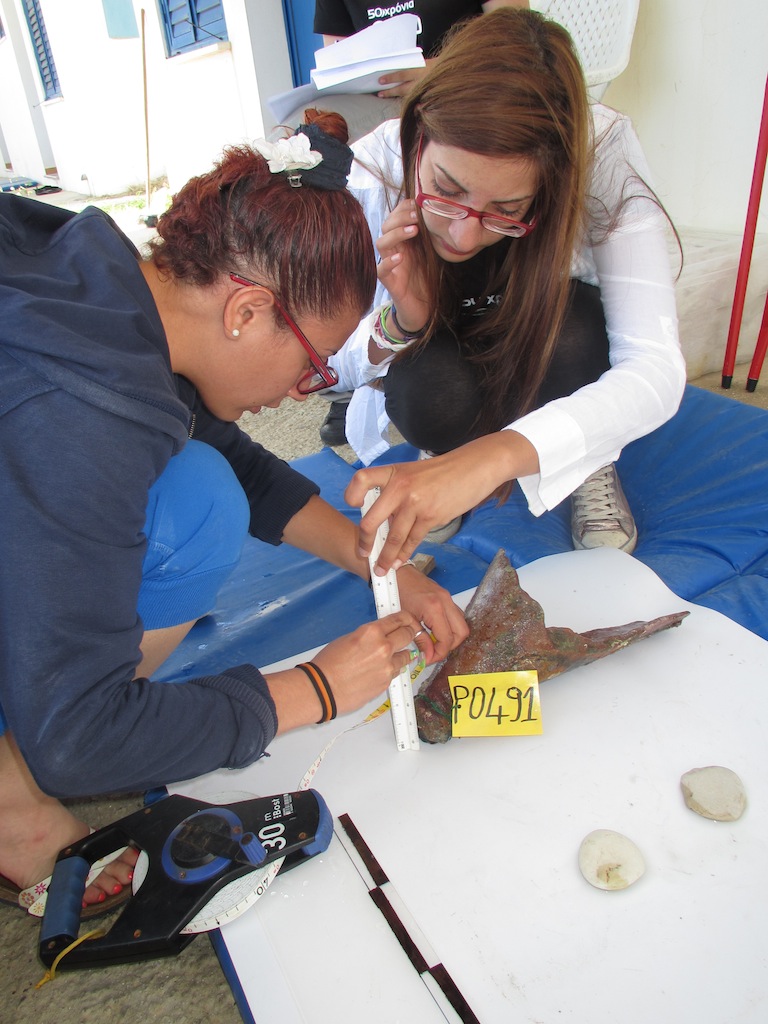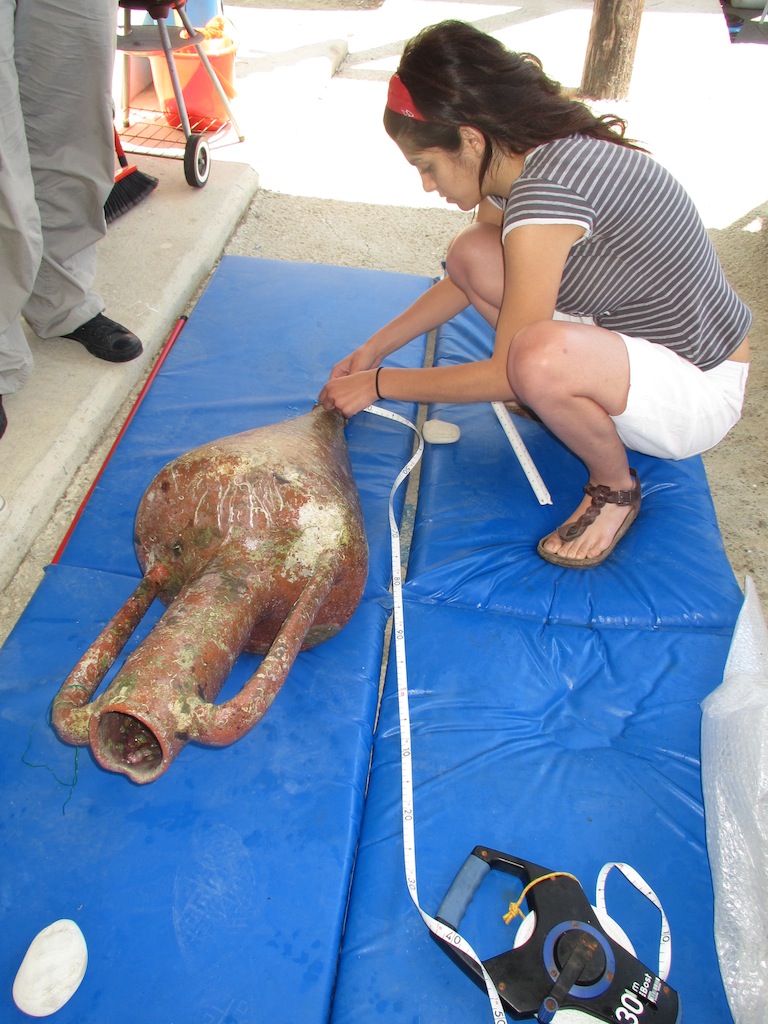Training the Next Generation - International Educational Fieldschools in Underwater Archaeology
In 2012 the Honor Frost Foundation provided a grant to the Nautical Archaeology Society (NAS) to help establish a formal partnership between the NAS and the Archaeological Research Unit of the University of Cyprus (ARU, UCy).
In 2013 NAS and the Maritime Archaeological Research Laboratory (MARELab), ARU, agreed in the development of collaborative international educational fieldschools in underwater archaeology.
The principle aims of the underwater archaeology fieldschools are:
- to develop the underwater archaeological skills of students of archaeology at the University of Cyprus, the wider community on Cyprus, students of archaeology from the Eastern Mediterranean region as well as other international participants,
- to foster and build collaborative relationships between all participants attending fieldschools, and
- to encourage professional divers on Cyprus to work together with archaeologists and assist with their knowledge and skills.
Since 2015, the fieldschools have been held at different sites on the island and have included practical exercises, field work and classroom lectures/seminars, aiming to train and educate the participants in underwater archaeology and maritime fieldwork.
|
The course was designed for twelve students and early career archaeologists from Cyprus and abroad, interested in further enhancing their knowledge and skills by participating in an actual underwater archaeological excavation. Participants were able to contribute to research on this site, which is conducted by the University of Cyprus. The fieldschool was taught in English by NAS and University of Cyprus staff and included underwater surveying, excavation, photography, illustration and post-fieldwork analysis and archiving. Students also participated in office tasks and briefings. The minimum diving qualification required for the Fieldschool was: PADI Advanced Openwater and "Enriched Air Diver" (or equivalent) with a minimum of 25 dives.
|
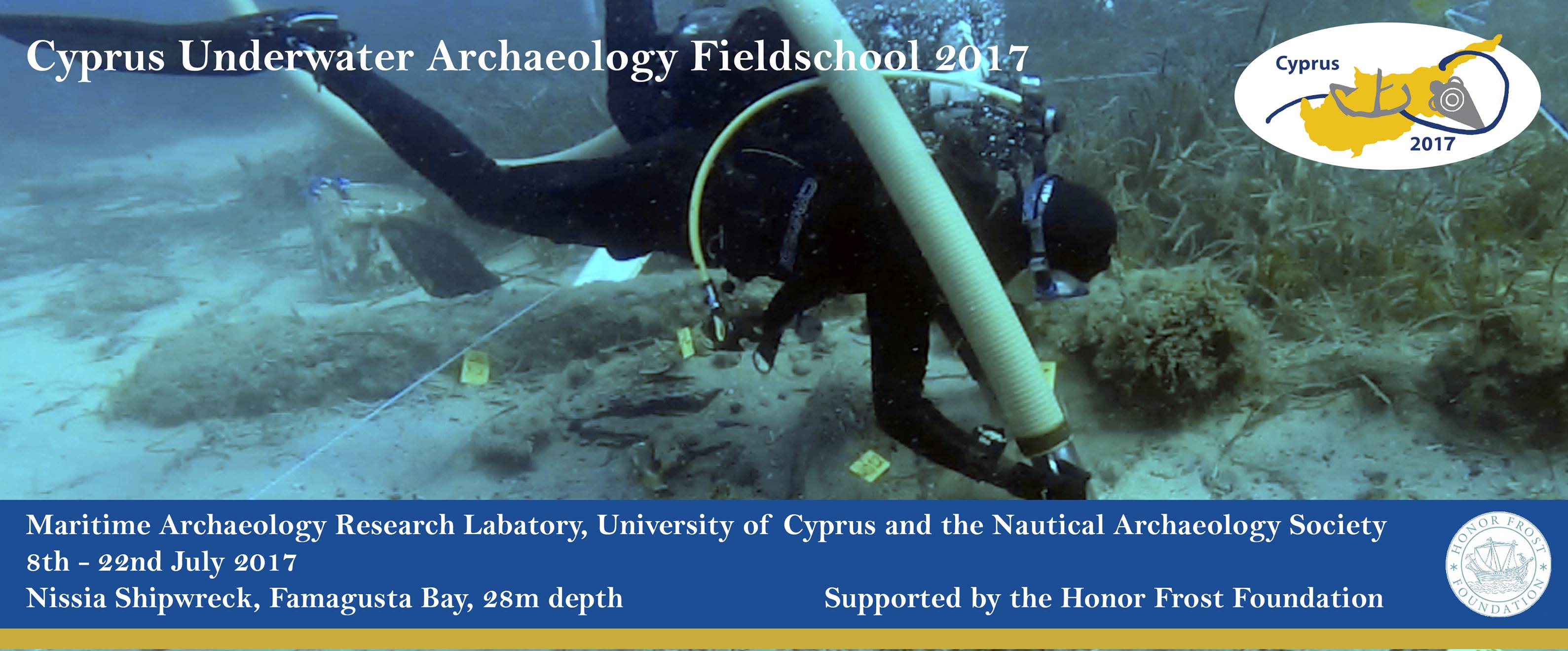 |
|||||||||
|
|
|
|
|||||||||
|
|
|
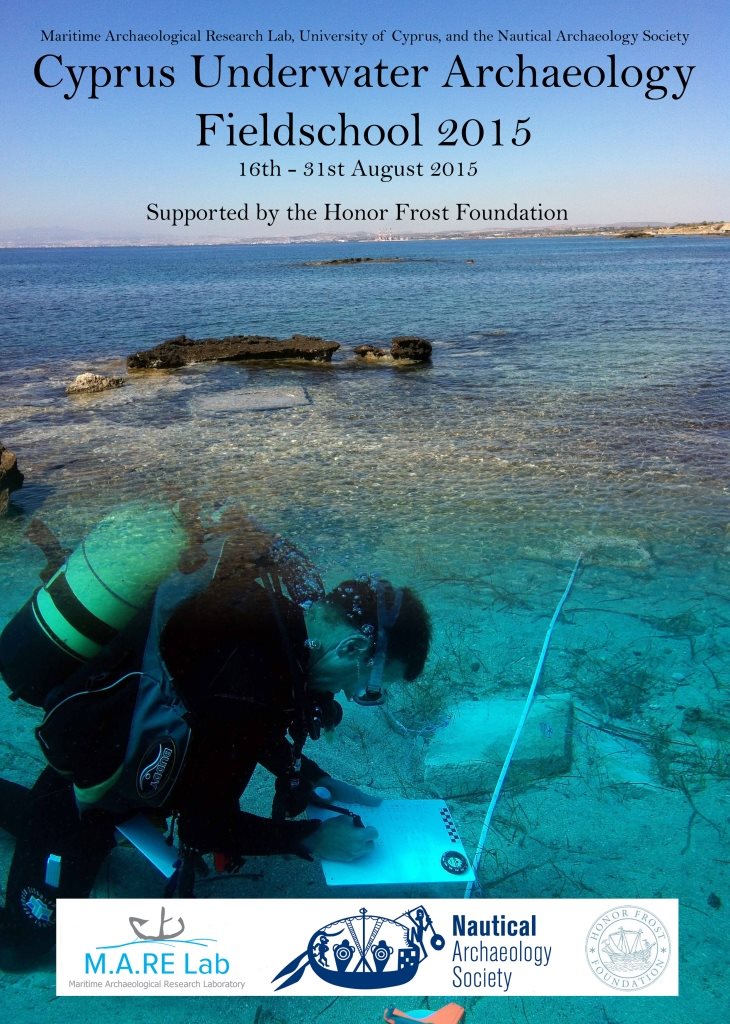 |
|||||||||
| [Πίσω στην αρχή] |
|
Students who the practical training course on maritime archaeology, also had the opportunity to participate in the Seminar on Ancient Seafaring, which was conducted in collaboration with the Kerynia – Chrysokava cultural foundation. In this framework, students navigated the Kerynia – Liberty ship (true replica of the Kerynia Shipwreck) with a square sail, that is the type of ancient sailing, learned to use the steer and the ship's ropes, and to manoeuvre depending on the prevailing winds.
|
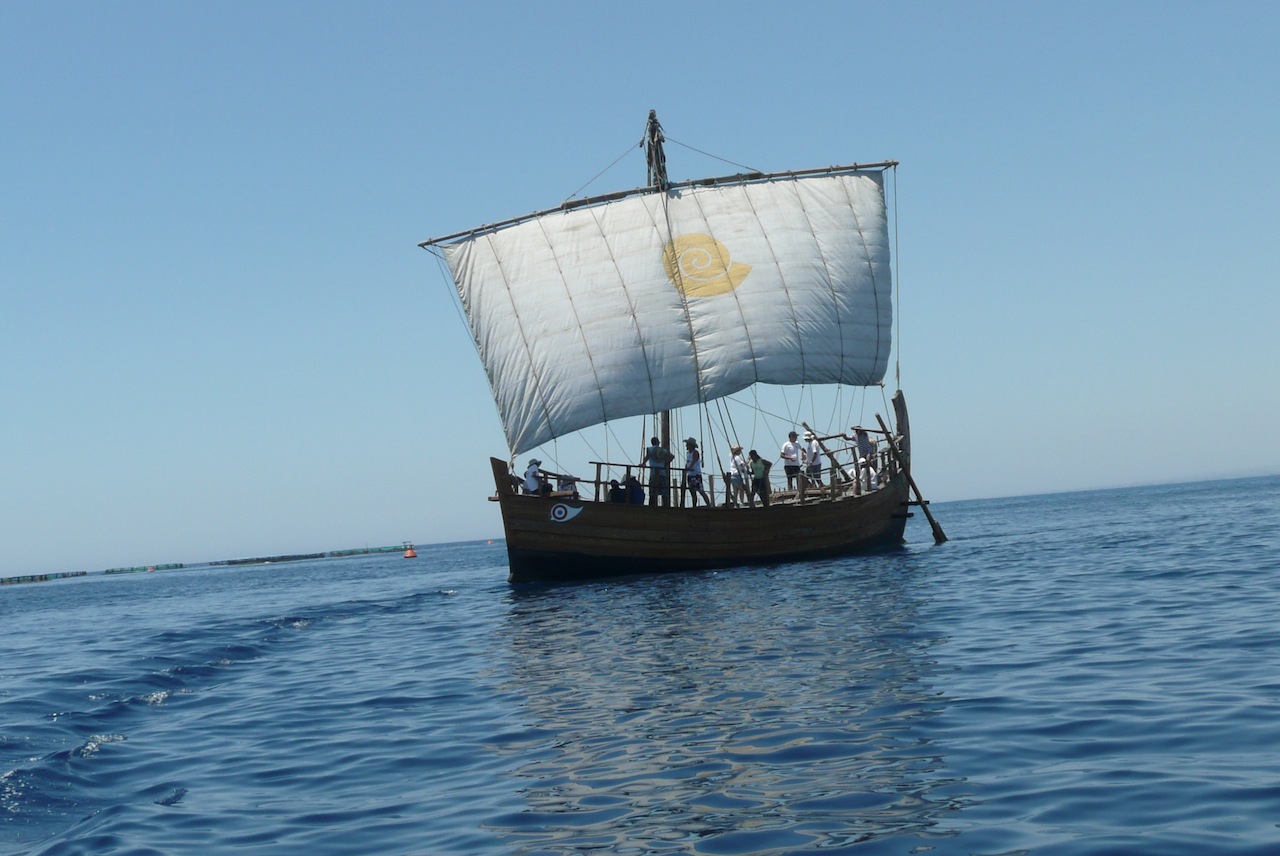 |
|||||||||
|
Students conducted surface survey at a site with shipwreck remains at the Cape Kiti, at the South coast of Cyprus. It is a shipwreck of the middle Roman Ages which was located at shallow waters, in sandy sea bottom with scattered rocks.
|
 |
|||||||||
| During the practical training the students were asked to conduct a full autopsy of the site: established the boundaries of the site, identified the types of amphorae and dated the shipwreck, measured the parts of the amphorae that were preserved and designed a reconstruction of a representative type, photographed the site and noted it on the nautical map. |
|
The first practical training was conducted at the moorage of Dreamer's Bay at Limassol Cape, at a position where stone anchors had been located at a maximum depth of 8 metres. During the course, when three additional anchors were located, students documented the site, drew the finds and established the relationship both among the finds and between the finds.
|
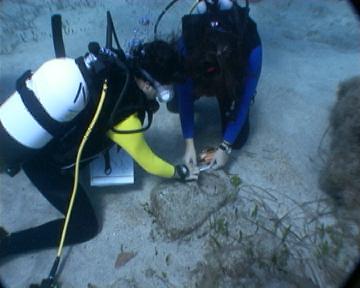 |
|||||||||
|
|


